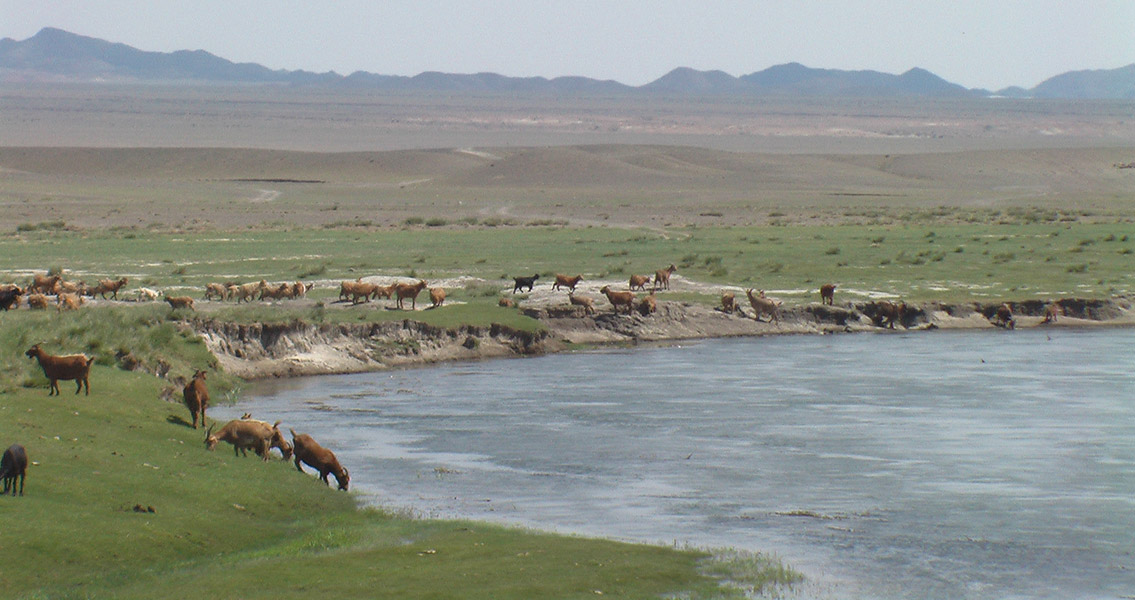<![CDATA[The 1,500 year old remains of a woman thought to be related to the Turkic peoples of Asia and Eastern Europe, have been discovered by a team of archaeologists in the Altai Mountains of Mongolia. The new find, which may be the first complete Turkic burial ever discovered within Central Asia, was unearthed in a region of the mountain range approximately 2,800 meters (more than 9100 feet) above sea level. According to The Siberian Times, Khovd Museum researcher B. Sukhbaatar remarked that the body is currently being carefully unwrapped from the felt it was shrouded in at the time of death, adding that the deceased is thought to be female, based on the lack of a bow in the tomb. Once the remains are examined more closely, researchers hope to confirm the gender. The grave of the woman was replete with treasures, according to archaeologists. Grave goods included four different pieces of Mongolian clothing known as “dool,” an iron kettle, a trough, a wooden bowl, a clay vase, a bridle, a saddle, and the remains of the horse that might have worn them in life. Additionally, there was a beautifully adorned felt travel bag, its details preserved remarkably thanks to the cold, arid and high-elevation climate. The felt bag contained a small leather bag filled with goat bones and the entire back of a sheep, a sheep’s head (possibly from the same animal), and several pillows as well. Sukhbaatar stated that the find of such a complete Turkic burial is exceedingly rare. The significance of the discovery is heightened by the amount of information that can be gleaned concerning the burial rituals of the Turkic people, as there is evidence that the horse found within the grave was sacrificed deliberately. In examining the grave goods, especially the woman’s clothing, the scientists also found that two types of wool were used in their construction – both sheep wool and camel wool, Sukhbaatar added. Based on the clothes, the other grave goods and the type of hat buried with the woman, the researcher said the burial likely dates back to the sixth century CE. Local herdsmen initially found the gravesite before alerting representative’s from Khovd’s city museum. Thanks to how high above sea level the grave was located in the Altai Mountains – a range that stretches through Kazakhstan, China, Mongolia, Russia and Siberia - and the typically cold climate, the three meter-deep grave site was largely undisturbed when archaeologists were led there – something that also helped to preserve the remains so well. There’s little in the grave to indicate that the woman buried within was a member of the ruling elite. However, even though the grave was for a commoner, Sukhbaatar said that the quality of the grave goods included with her can help to prove that the ancient Turkic people were highly skilled when it came to their crafts, showcasing high levels of development. Image courtesy of Bogomolov.PL ]]>
Mummified 1,500 Year Old Woman Found in Mongolia
